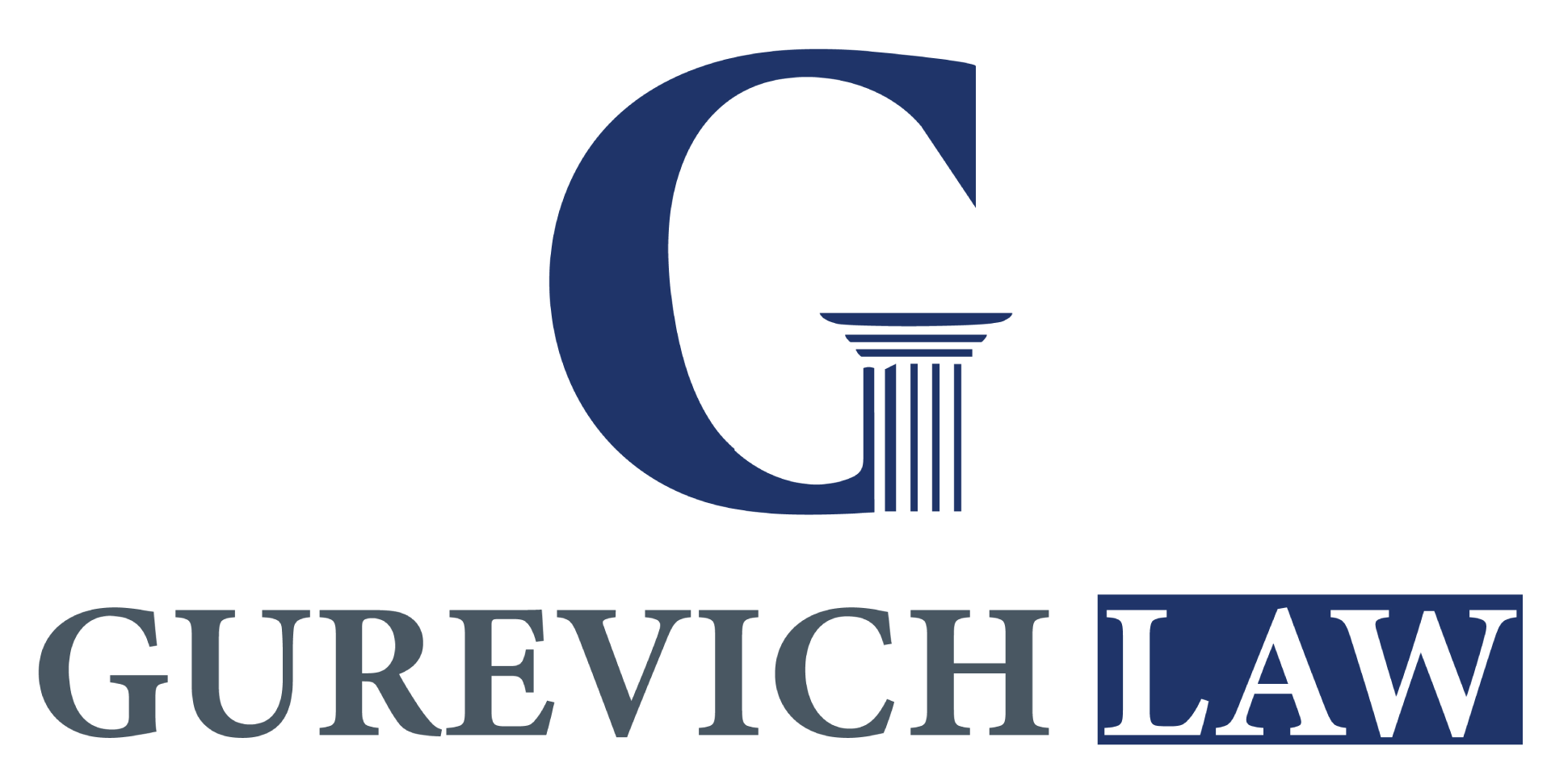
Slip and fall accidents can lead to serious injuries and unexpected medical expenses. In New York, individuals who have suffered from these incidents may be entitled to compensation. Our team is dedicated to helping clients navigate the complexities of personal injury law related to slip and fall cases, ensuring their rights are protected throughout the legal process.
Understanding the legal options available after a slip and fall incident is essential for securing fair compensation. This guide provides an overview of the key aspects of slip and fall claims, including the legal definitions, common causes, and the steps involved in pursuing a claim with the support of a knowledgeable attorney.
Navigating the aftermath of a slip and fall accident can be overwhelming. Legal support helps claimants understand their rights, gather necessary evidence, and communicate effectively with insurance companies. This assistance increases the likelihood of obtaining compensation for medical bills, lost wages, and other damages related to the accident.
Gurevich Law have a longstanding commitment to advocating for personal injury victims in New York. Our attorneys possess a thorough understanding of slip and fall laws and work diligently to represent clients’ interests with dedication and care, guiding them through each phase of the legal journey.
Slip and fall legal services involve representing individuals who have been injured due to hazardous conditions on someone else’s property. These services include investigating the circumstances of the incident, assessing liability, and pursuing claims to recover damages for injuries sustained. The goal is to ensure that injured parties are held fairly compensated for their losses.
Clients benefit from personalized legal guidance tailored to the specifics of their case. From gathering evidence such as photographs and witness statements to negotiating with insurance providers, these legal services aim to ease the burden on injured individuals and work toward a favorable resolution.
A slip and fall accident occurs when an individual slips, trips, or falls due to unsafe or hazardous conditions on a property. These incidents often result from wet floors, uneven surfaces, poor lighting, or debris. Establishing the property owner’s responsibility for maintaining a safe environment is a key element in these cases.
Successful slip and fall claims require demonstrating that the property owner knew, or should have known, about the dangerous condition and failed to address it. The process typically involves documenting the accident, medical evaluations, and potentially negotiating settlements or pursuing litigation to secure appropriate compensation.
Familiarity with legal terminology can empower clients during their claim process. Below are definitions of terms commonly encountered in slip and fall cases to support better understanding and communication.
Liability refers to the legal responsibility a property owner holds for maintaining safe premises and preventing injuries to visitors.
Damages are the monetary compensation sought for losses such as medical expenses, pain and suffering, and lost income resulting from the accident.
Negligence describes the failure to take reasonable care to prevent harm, which is a central concept in slip and fall claims when a property owner has not addressed hazards.
A settlement is an agreement reached between the injured party and the property owner or their insurer to resolve the claim without going to trial.
In slip and fall cases, individuals can choose between pursuing a limited approach focused on specific damages or a comprehensive legal service that addresses all aspects of the injury. Understanding the differences helps clients select the option that best suits their situation and goals.
If the injuries sustained are minor and expected to heal quickly, a limited legal approach focusing on immediate medical costs and minimal damages might suffice. This approach can be less time-consuming and easier to manage for the claimant.
When liability is straightforward and the facts of the case are uncontested, pursuing a limited claim to recover basic damages may be effective without the need for extensive legal proceedings.
In cases involving serious injuries or long-term consequences, comprehensive legal services can help address all aspects of damages, including future medical care and loss of earning capacity, ensuring full compensation.
When there is disagreement over who is responsible or when insurance companies contest claims, comprehensive legal support can provide thorough investigation and advocacy to protect the claimant’s interests.
A comprehensive legal approach offers a detailed evaluation of the claim and ensures that all damages, including less obvious ones, are considered. This thoroughness helps maximize the compensation awarded to the injured party.
Additionally, comprehensive representation provides continuous guidance and support throughout the legal process, reducing stress and improving the likelihood of a successful outcome.
By addressing all potential damages and advocating assertively, a comprehensive legal approach helps clients obtain the highest possible financial recovery for their injuries and losses.
Comprehensive services include managing all aspects of the case, from evidence collection to negotiation and trial preparation, ensuring no detail is overlooked in pursuit of justice.


After a slip and fall accident, take photographs of the area, the hazard that caused the fall, and any visible injuries. This documentation can be crucial in establishing the circumstances of the accident and supporting your claim.
Maintain detailed records of all medical bills, lost wages, and correspondence with insurance companies or involved parties. Organized documentation aids in building a strong case and tracking damages accurately.
Legal assistance helps injured individuals understand their rights and options, enabling them to make informed decisions about pursuing compensation. It also provides support in navigating the complex legal system related to personal injury claims.
With legal guidance, claimants can avoid common pitfalls, ensure proper documentation, and negotiate effectively with insurance companies, improving the chances of obtaining a fair settlement.
Slip and fall claims often arise from incidents such as wet or slippery floors, uneven sidewalks, poorly maintained stairs, or inadequate lighting in public or private properties. These conditions can pose significant risks to visitors and lead to accidents.
Surfaces that are wet from spills, rain, or snow can become dangerously slippery if not properly cleaned or marked, increasing the likelihood of falls.
Cracked, broken, or uneven floors, stairs, or sidewalks create tripping hazards that can cause serious injuries in slip and fall accidents.
Insufficient lighting can prevent individuals from seeing hazards clearly, such as steps or obstacles, contributing to accidents on the property.

Our firm has extensive experience handling personal injury claims and understands the challenges faced by slip and fall victims. We prioritize client communication and tailor our approach to meet each individual’s needs.
We work diligently to gather the necessary evidence and negotiate with insurers to secure fair compensation. Our goal is to alleviate your stress and guide you through every step of the legal process.
By choosing our firm, you gain a committed legal partner focused on protecting your rights and helping you rebuild after an accident.
From the initial consultation through case resolution, we provide thorough legal services tailored to your specific circumstances. Our process includes case evaluation, evidence collection, negotiation, and if necessary, trial advocacy to achieve the best results.
The first step involves reviewing the details of your accident and injuries to determine the viability of your claim and outline the potential legal strategies available.
We collect all pertinent facts, including accident reports, medical records, and witness statements, to build a comprehensive understanding of your case.
Our team evaluates the circumstances to identify responsible parties and establish the basis for your claim.
After assessment, we prepare the necessary legal documents to initiate your claim and submit them within applicable deadlines to preserve your rights.
We compile evidence of your injuries and losses to support your demand for compensation.
Our team communicates with insurance companies to advocate for a fair settlement based on the strength of your claim.
If a settlement cannot be reached, we are prepared to take your case to court to seek a just outcome through litigation.
We thoroughly prepare all case materials, witnesses, and legal arguments necessary for trial presentation.
Our attorneys represent your interests in court, striving to secure a verdict that fully compensates you for your injuries.
Immediately following a slip and fall accident, ensure your safety and seek medical attention even if injuries appear minor. Prompt medical evaluation can help identify any hidden injuries and provide important documentation for your claim. Additionally, report the incident to the property owner or manager and document the scene by taking photos or gathering witness information to support your case.
In New York, the statute of limitations for filing a personal injury claim, including slip and fall cases, is generally three years from the date of the accident. It is important to consult with a legal professional promptly to ensure your claim is filed within the required timeframe to avoid losing your right to compensation.
Yes, if your slip and fall injury causes you to miss work, you may be entitled to compensation for lost wages. This includes income lost during recovery as well as any reduction in earning capacity resulting from the injury. Proper documentation, such as medical records and employer statements, will be needed to support this aspect of your claim.
Damages in slip and fall cases can include medical expenses, rehabilitation costs, lost wages, pain and suffering, and in some cases, compensation for long-term disability or emotional distress. Each case is unique, and the damages available depend on the specific circumstances and severity of the injury.
Many slip and fall claims are resolved through settlements negotiated between the injured party and the property owner’s insurance company. However, if a fair agreement cannot be reached, it may be necessary to proceed to court. Your attorney can advise on the best course of action based on the details of your case.
To prove negligence, you must show that the property owner had a duty to maintain safe conditions, breached that duty by failing to address hazards, and that this breach caused your injury. Evidence such as maintenance records, witness statements, and photographs of the condition can support your claim.
New York follows a comparative negligence rule, which means your compensation may be reduced by the percentage of fault attributed to you. Even if you share some responsibility, you may still recover damages proportionate to the other party’s fault. It is important to discuss the specifics with your legal representative.
Filing a claim for accidents on public property can be more complex due to governmental immunity laws and specific procedural requirements. It is crucial to act quickly and consult legal counsel who can assess the viability of such claims and guide you through the process.
The duration of a slip and fall case varies widely depending on the complexity of the injuries, the willingness of parties to settle, and court schedules. Some cases resolve within months, while others may take longer if litigation is required. Your attorney will provide guidance on expected timelines based on your situation.
Costs can include attorney fees, court filing fees, expert witness fees, and other expenses related to gathering evidence. Many personal injury attorneys work on a contingency fee basis, meaning fees are paid only if compensation is recovered. It is important to discuss fee arrangements during your initial consultation.
"*" indicates required fields